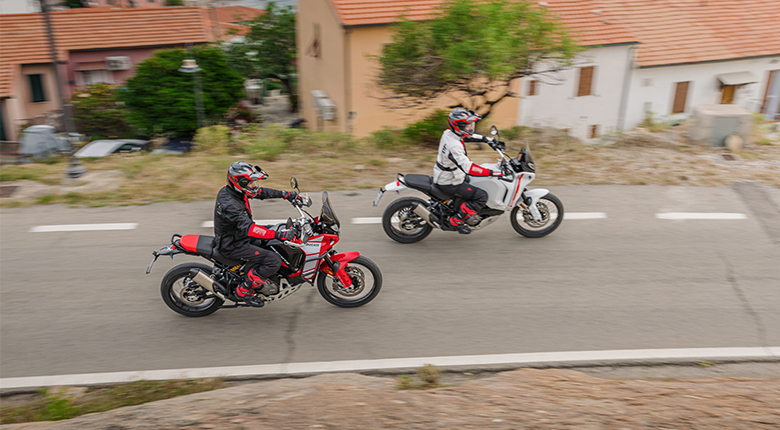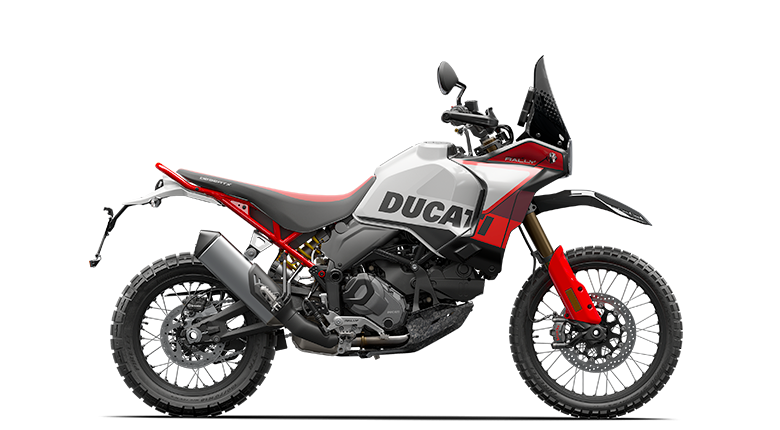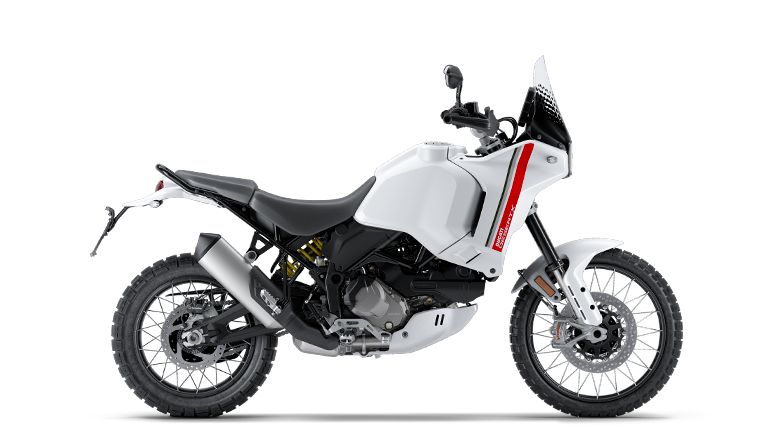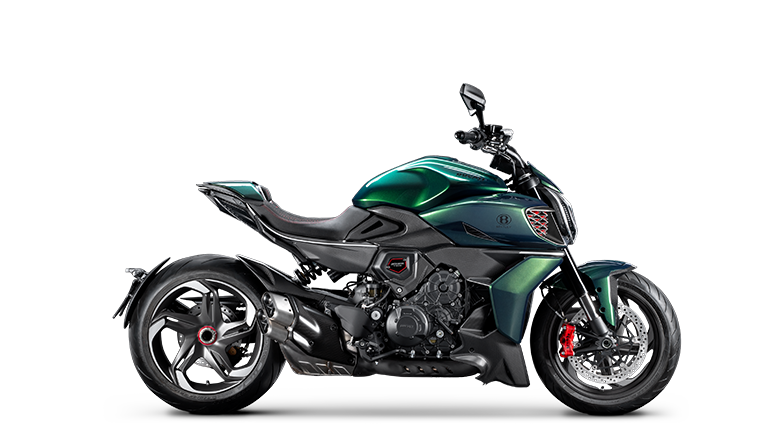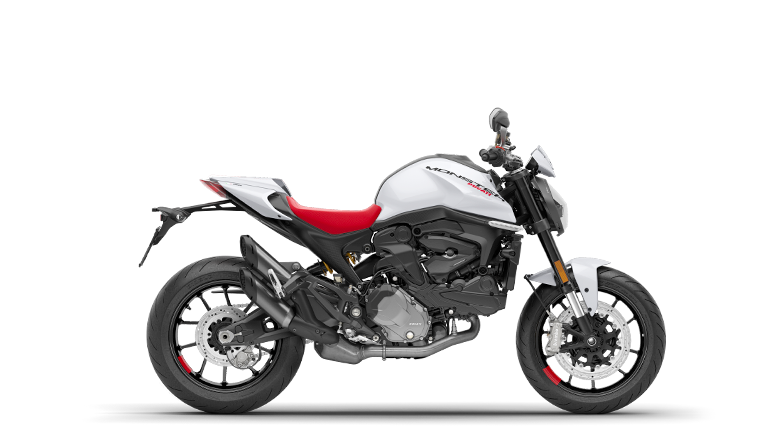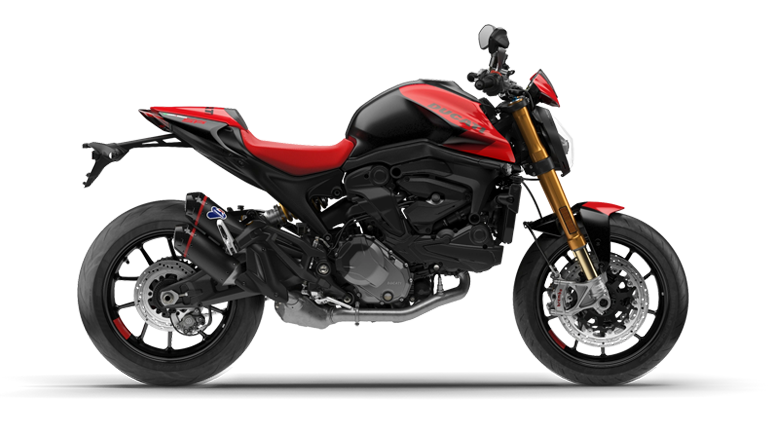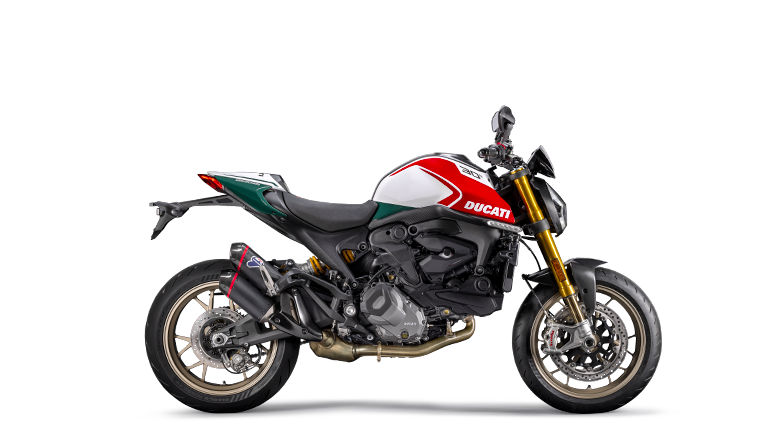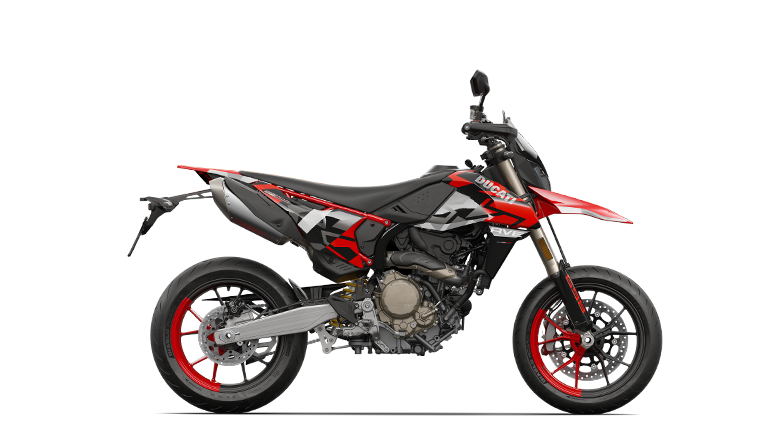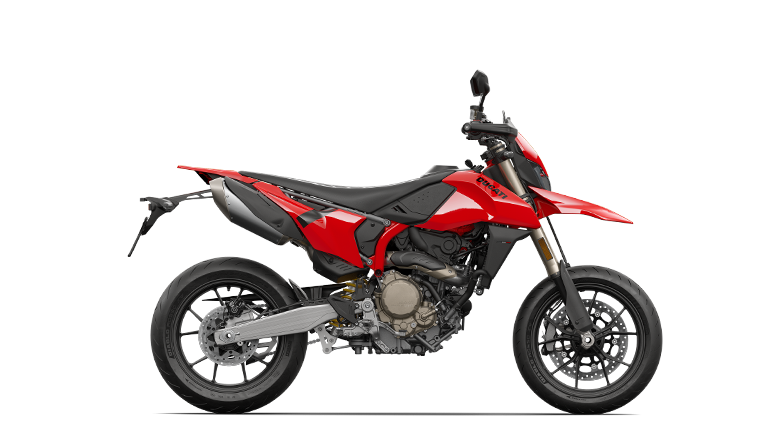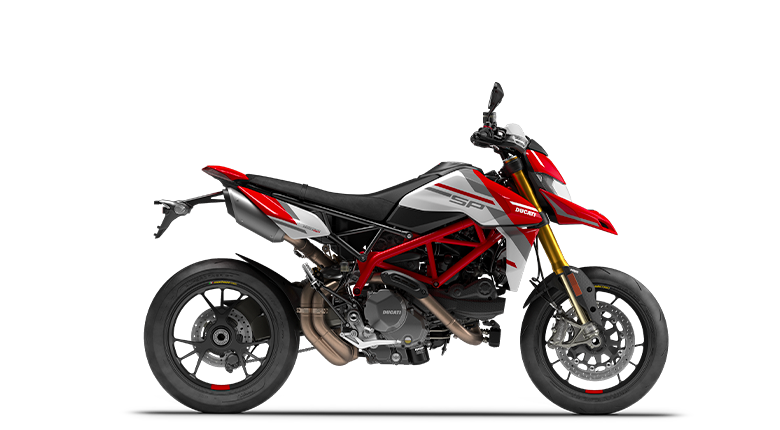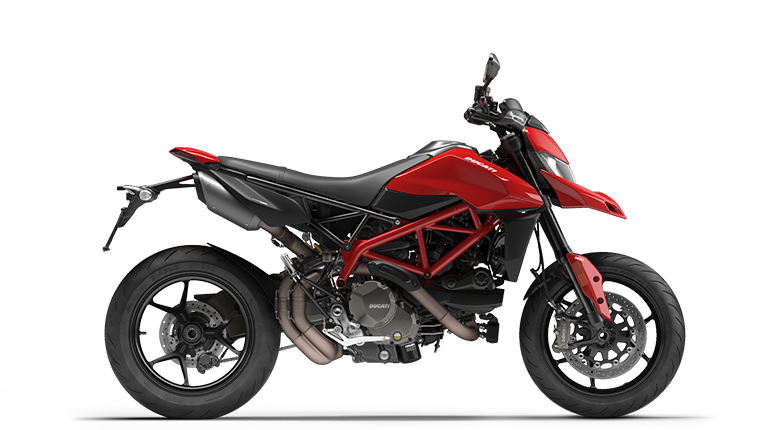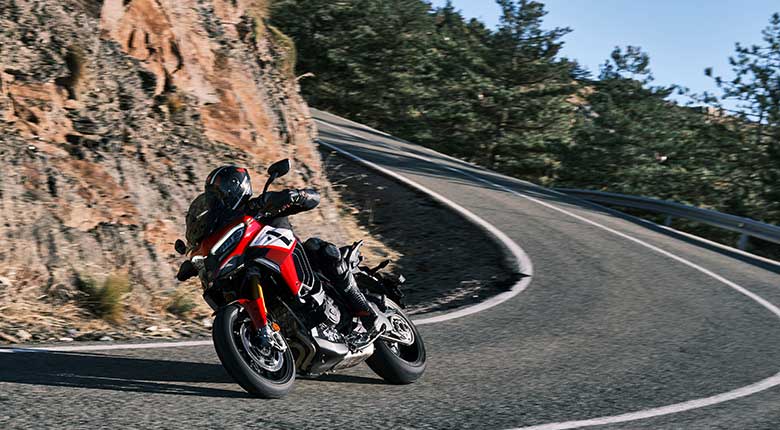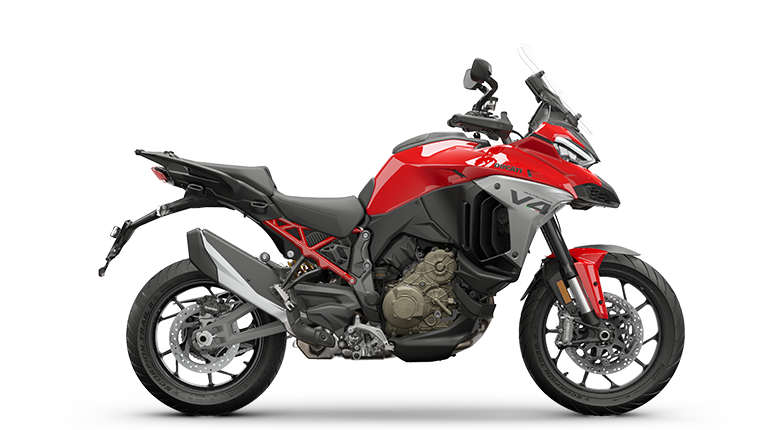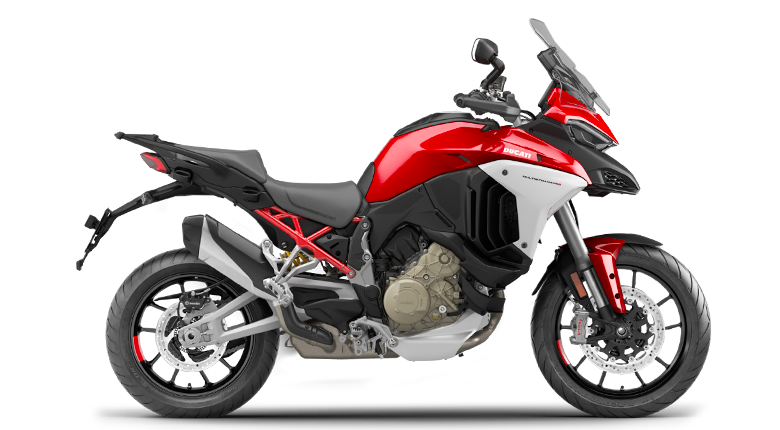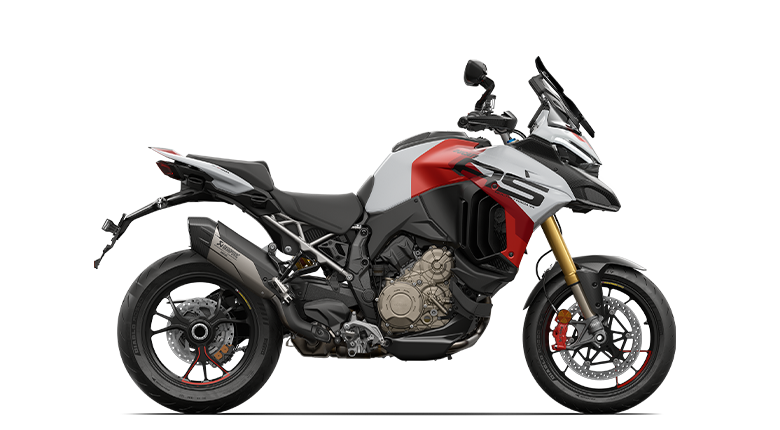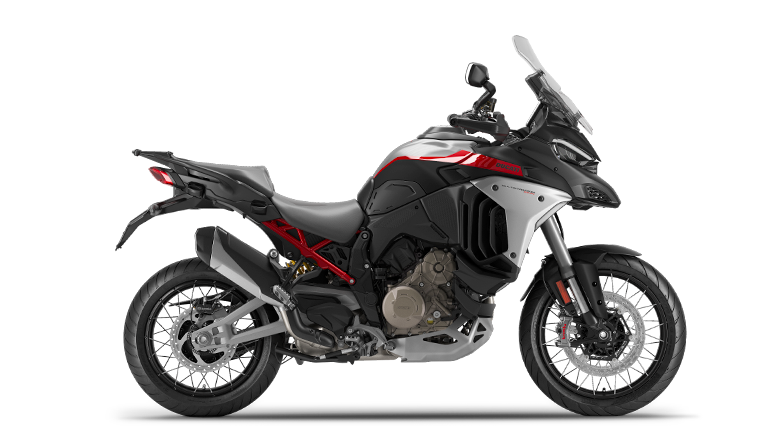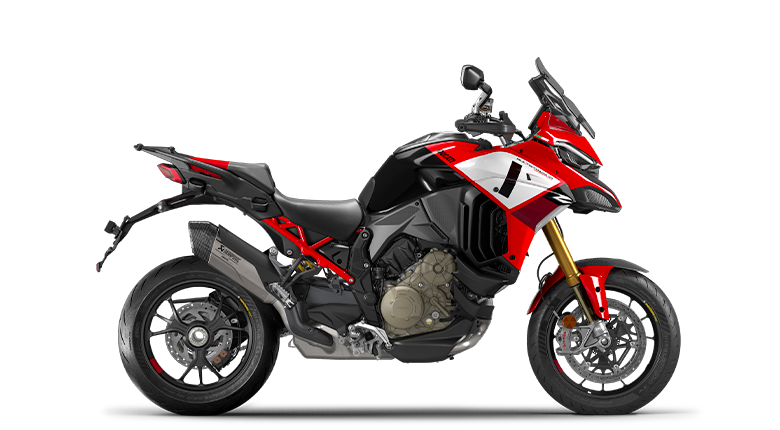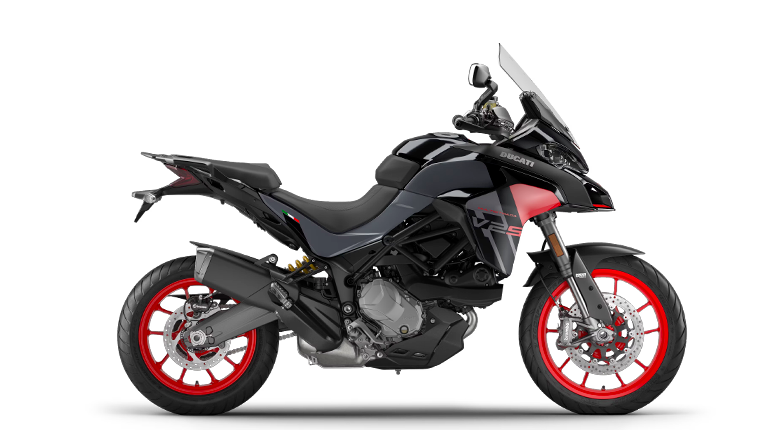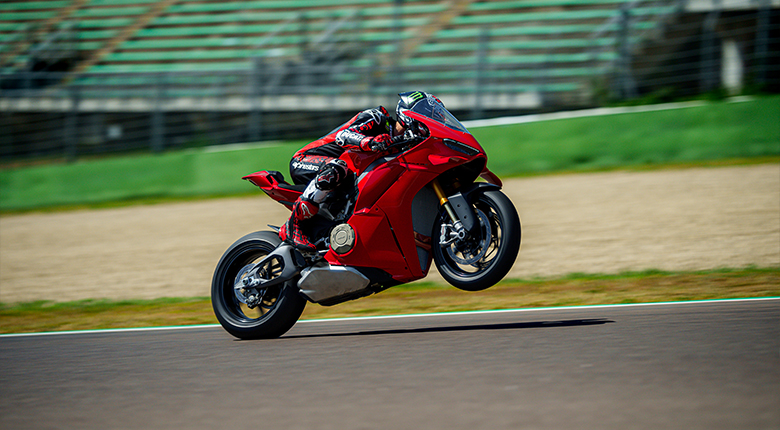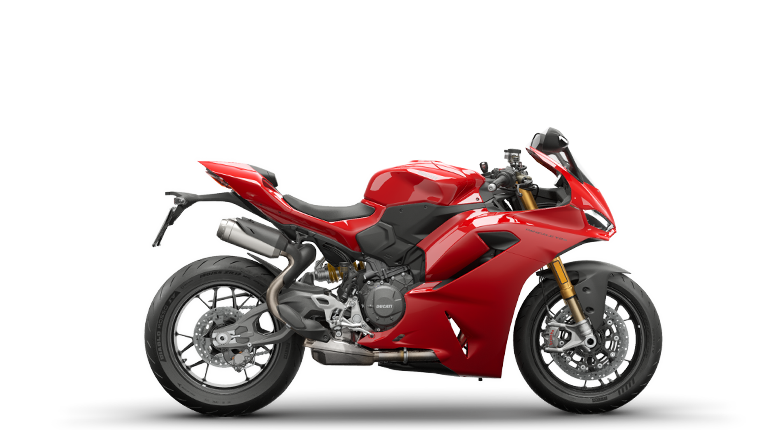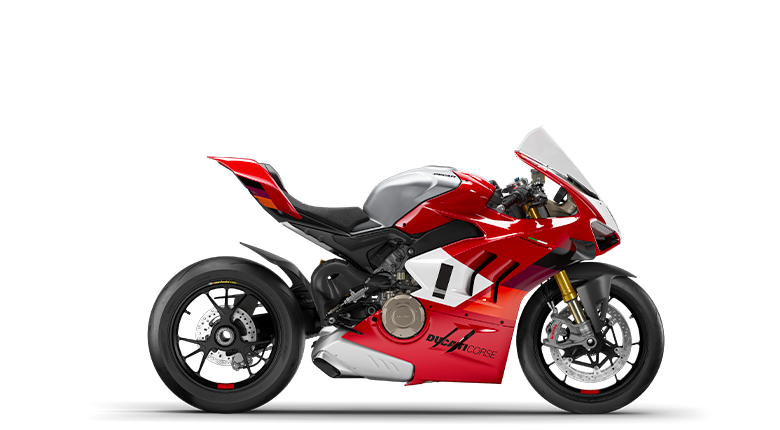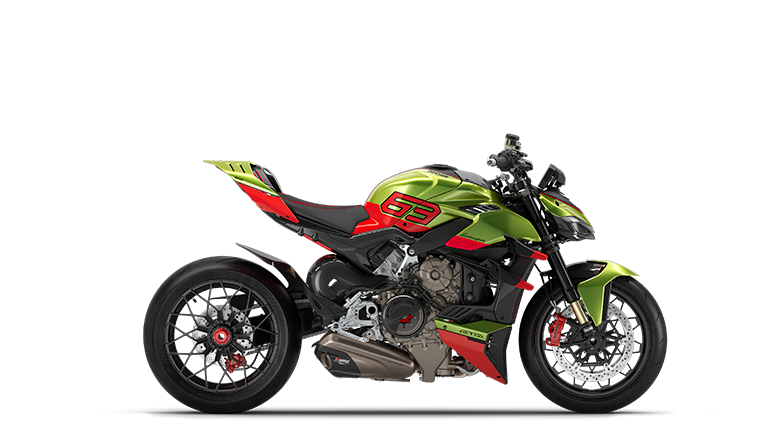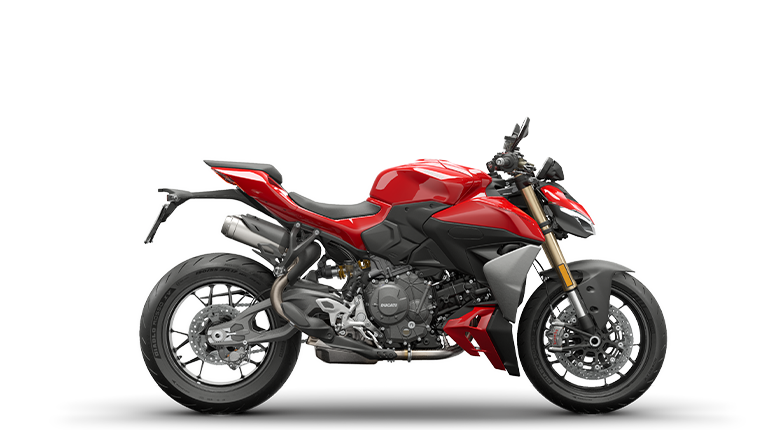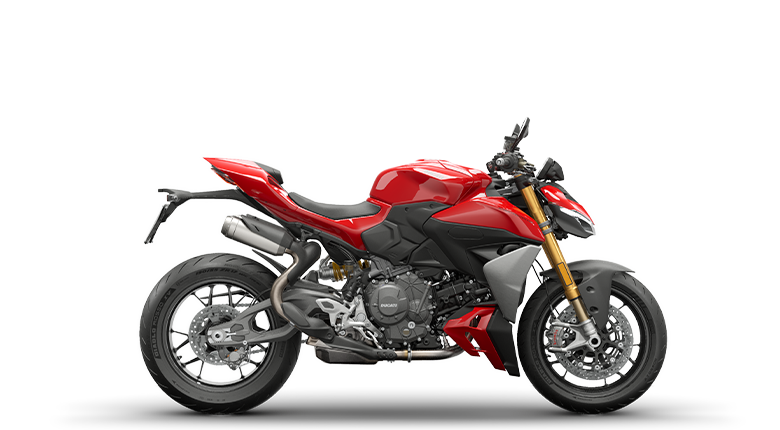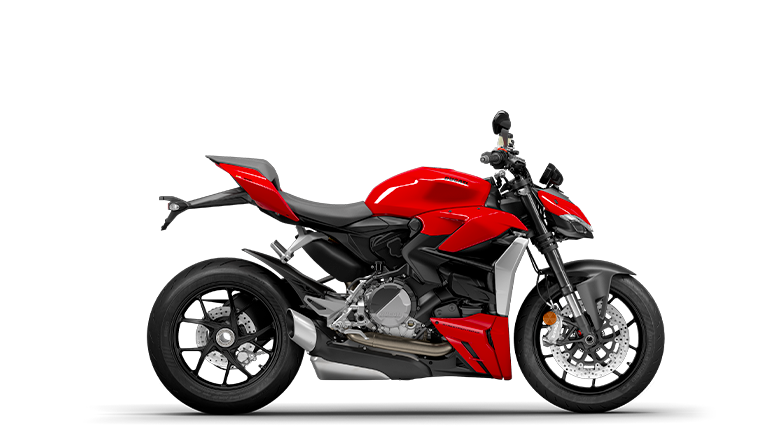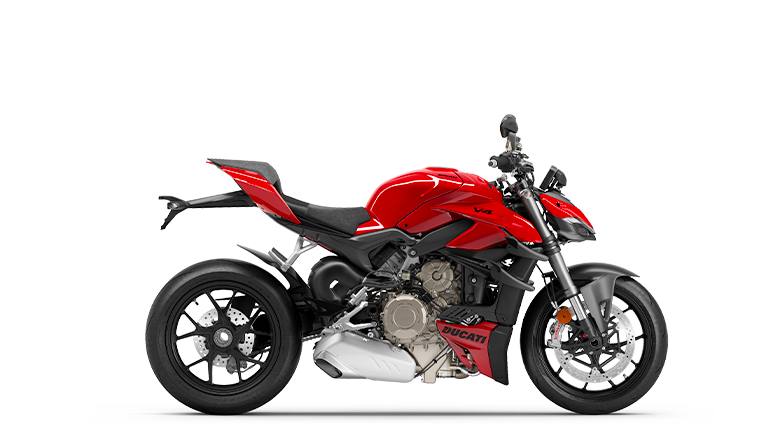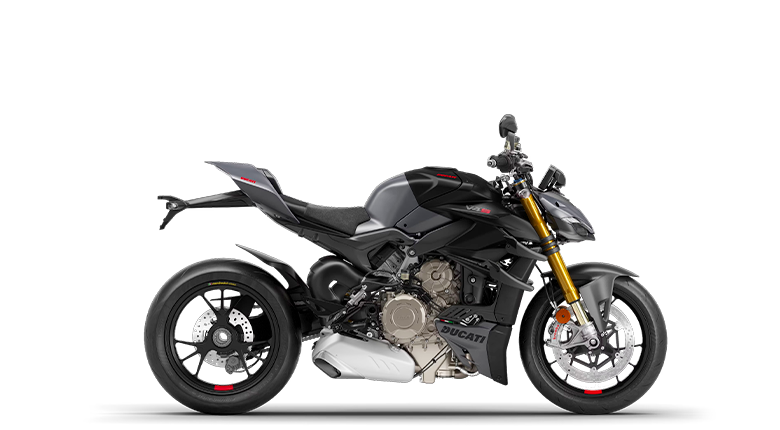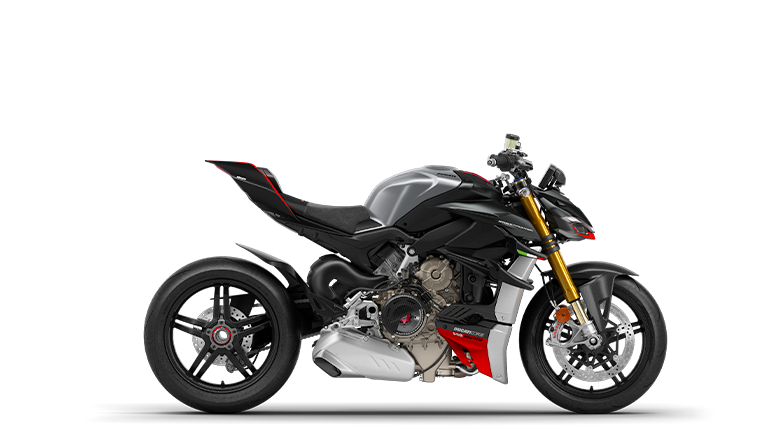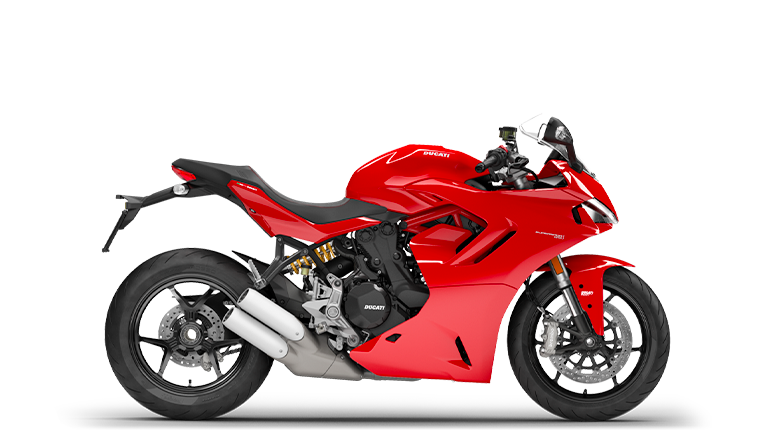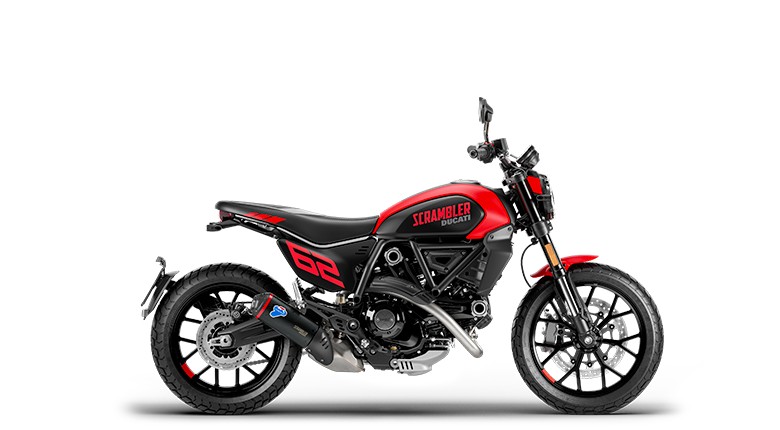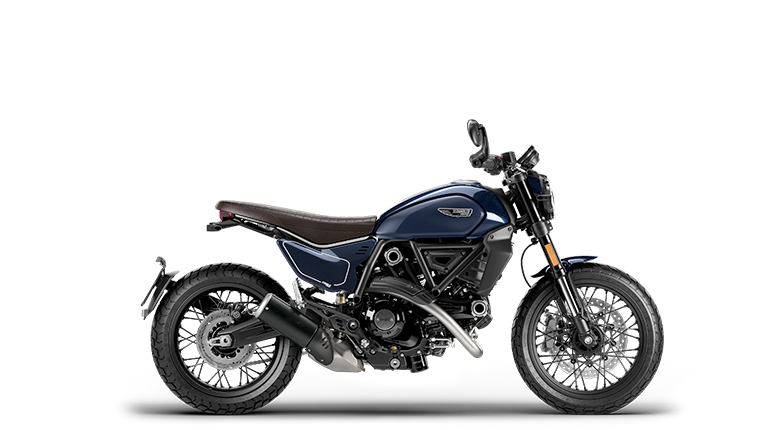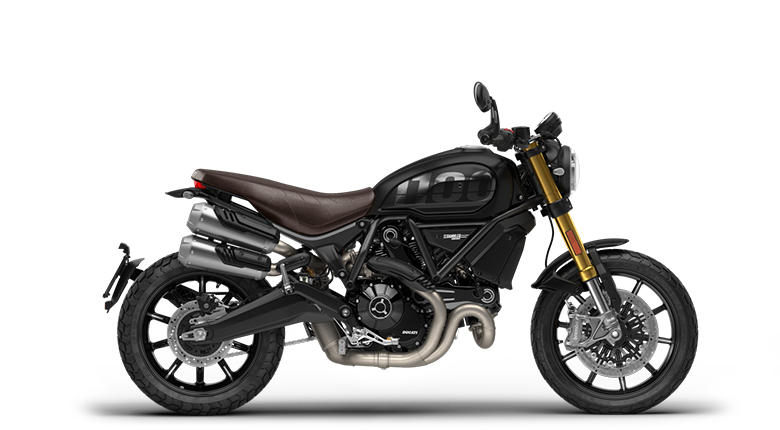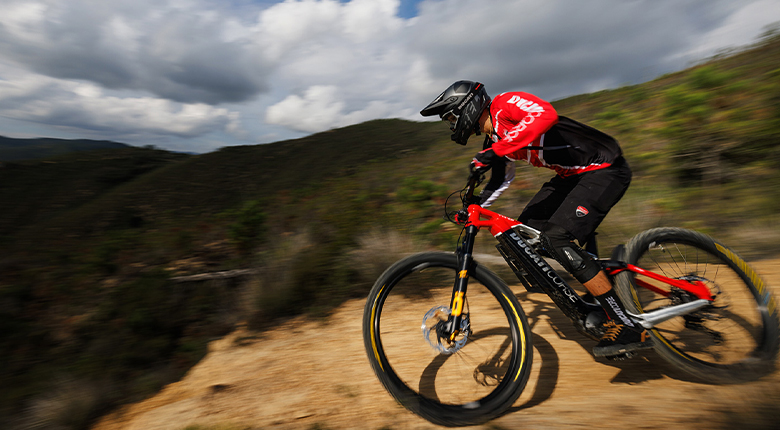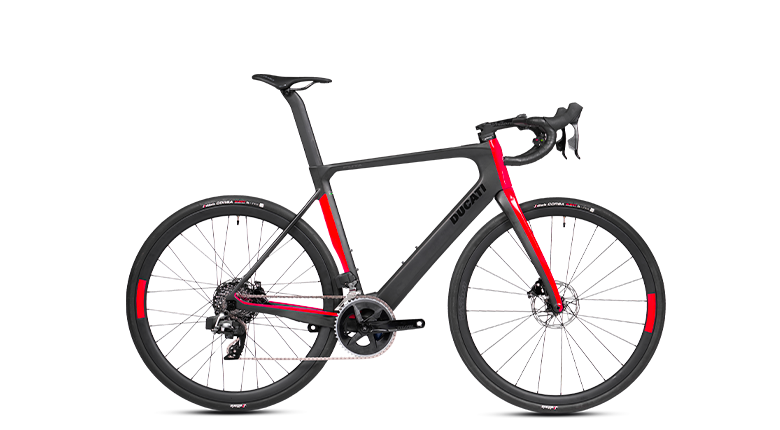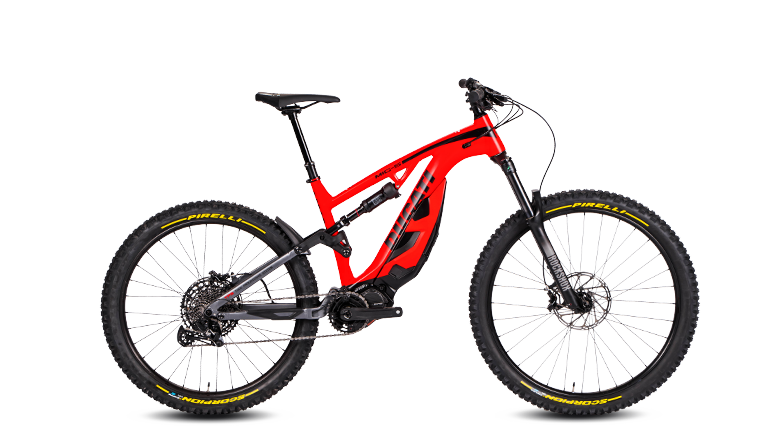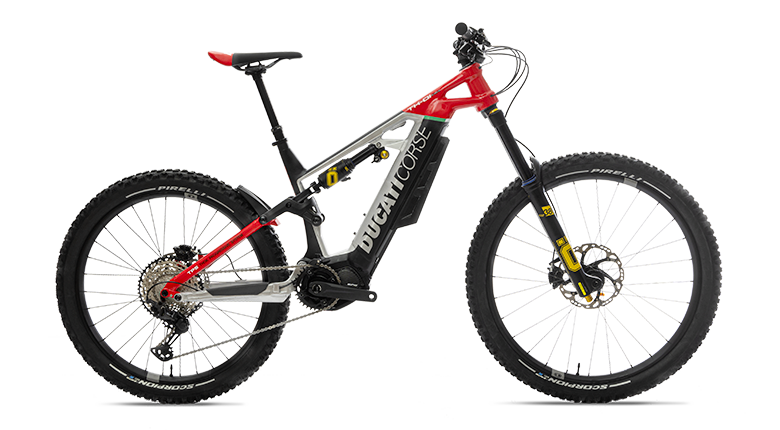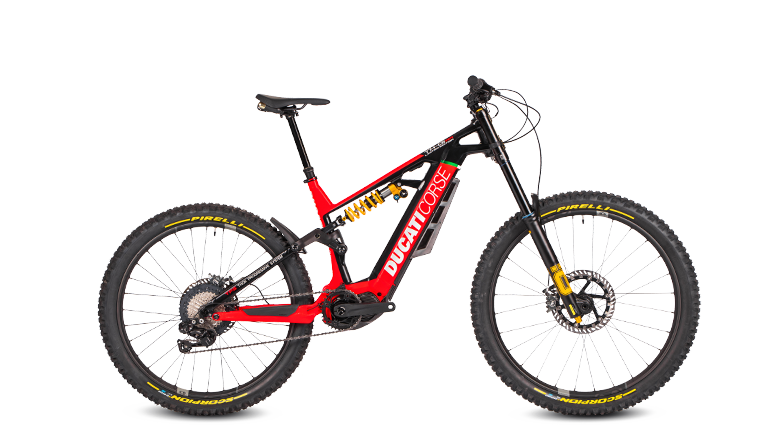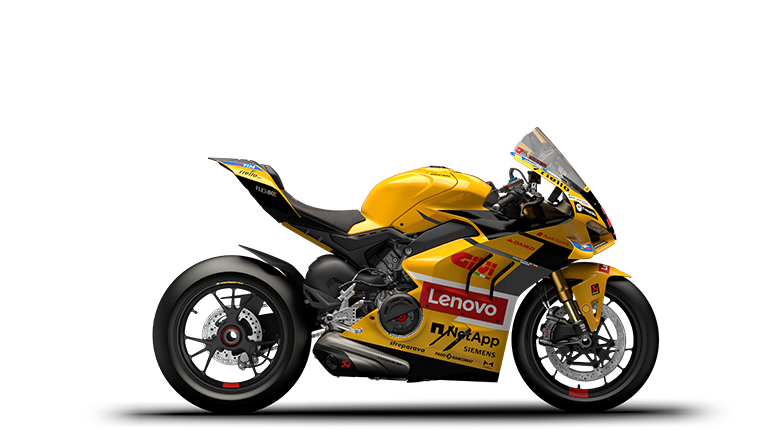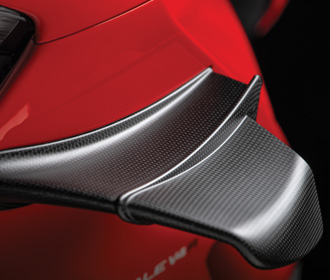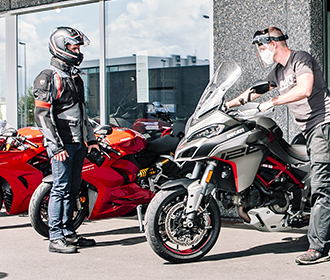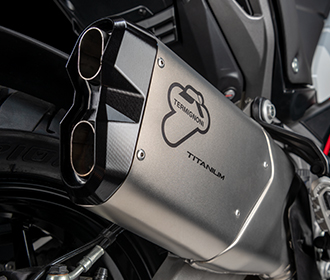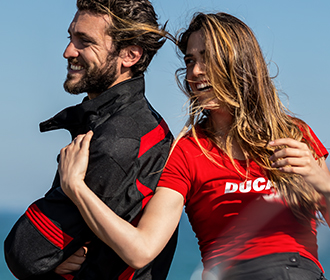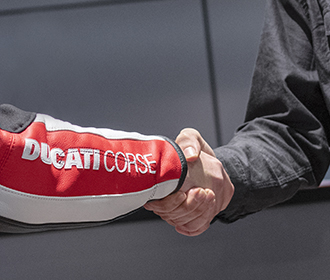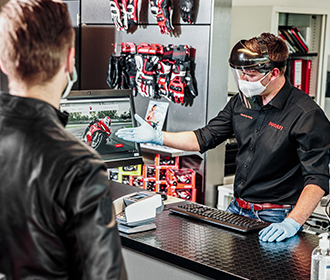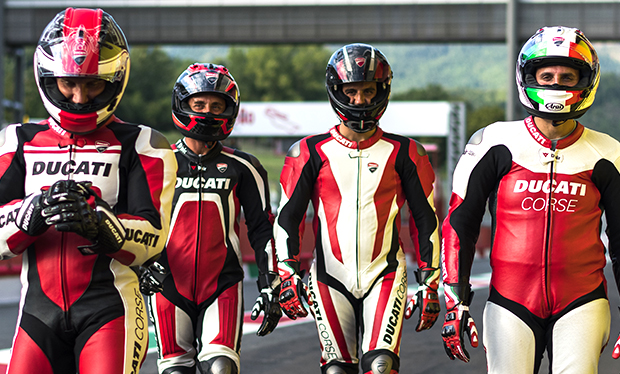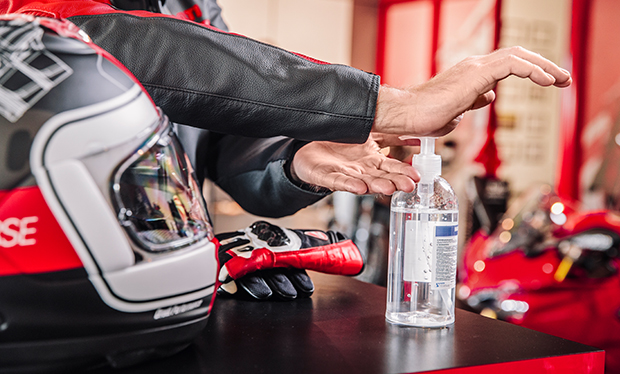- Models
- Configure your bike
- News
- Current Offers
- Racing
- Dealer Locator
- DWP 2025
-
Models
-
DesertX
![]()
-
Diavel
![]()
- Diavel V4
- Diavel For Bentley
Diavel -
Monster
![]()
-
XDiavel
![]()
- new XDiavel V4
XDiavel -
Hypermotard
![]()
- Overview
- 698 Mono RVE
- 698 Mono
- 950 SP
- 950
Hypermotard -
Multistrada
![]()
- Overview
- new V2
- new V2 S
- new V4
- V4 S
- new V4 RS
-
V4 Rally
![]() Multistrada V4 Rally
Multistrada V4 Rally- 170 hp Power
- 89.2 lb-ft Torque
- 525 lb Wet Weight (No Fuel)
Starting From $30,595 i - V4 Pikes Peak
-
V2 S MY24
![]() Multistrada V2 S MY24
Multistrada V2 S MY24- 113 hp Power
- 71 lb-ft Torque
- 485 lb Wet Weight (No Fuel)
Starting from $19,295 i - new V4 Pikes Peak MY25
Multistrada -
Panigale
![]()
-
Streetfighter
![]()
-
V4 Lamborghini
![]() Streetfighter V4 Lamborghini
Streetfighter V4 Lamborghini- 208 hp Power
- 90.4 lb-ft Torque
- 421 lb Wet Weight (No Fuel)
MSRP Starting From $68,000 i - new V4
- new V4 S
- new V2
- new V2 S
- V2 MY24
- V4 MY24
-
V4 S MY24
![]() Streetfighter V4 S MY24
Streetfighter V4 S MY24- 208 hp Power
- 90.4 lb-ft Torque
- 425 lb Wet Weight (No Fuel)
MSRP From $27,795 i - Streetfighter V4 SP2
- new V4 SUPREME®
Streetfighter -
V4 Lamborghini
-
SuperSport
![]()
-
![]()
-
Desmo450 MX
![]()
-
new
Desmo450 MX
![]() Desmo450 MX
Desmo450 MX- 63.5 hp @ 9,400 rpm Power
- 39.5 lb-ft @ 7,500 rpm Torque
- 231 lb Wet Weight (No Fuel)
$11,495 i
Desmo450 MX -
new
Desmo450 MX
-
E-BIKE
![]()
-
Limited Series
![]()
- new Panigale V4 Lamborghini
-
new
V4 Tricolore Italia
![]() Panigale V4 Tricolore ItaliaAn unforgettable day. To be re-lived forever.
Panigale V4 Tricolore ItaliaAn unforgettable day. To be re-lived forever.- 209 hp Power
- 89.5 lb-ft @ 11,250 rpm Torque
- 414 lb Wet Weight (No Fuel)
$85,000 i - new V4 Tricolore
- Ducati Speciale
- Ducati Unica
Limited Series
-
- Equipment
- Current Offers
- DWP 2026
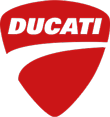
Bikes
DesertX
Diavel
Hypermotard
Streetfighter
Multistrada
Panigale
Off-Road
Supersport
E-BIKES
Equipment
Accessories
Racing
MotoGP
Superbike
OFF-ROAD
MotoE
Ducati World

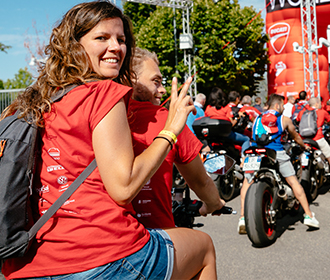
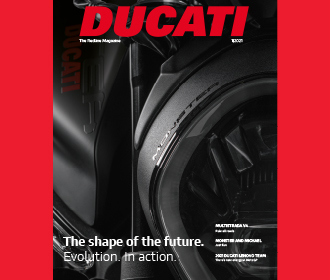
Events
Ducati Academy
Press Reviews
Travel With Ducati
Ducati Stories
News

News
Read the latest news stories to find out what is happening in the world of Ducati

DOC
Imagine enjoying new experiences, exploring breath-taking landscapes, participating in exclusive events. Join the Ducati family! Become a D.O.C. member!

Ducati Redline Magazine
A selection of the most exclusive content from the Ducati Redline Magazine. Download read the stories here!
Service and Maintenance

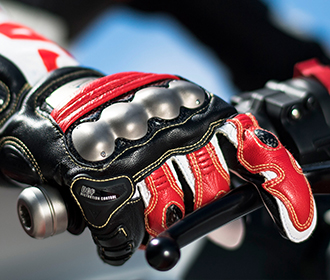

Maintenance
Connectivity
Dealer Network

Dealer Locator
Find you nearest Ducati dealership by using the Ducati Dealer Locator

Ducati Financial Services
From traditional financing to our exclusive Ducati Premier Financing, Ducati Financial Services offers a wide range of options and flexible terms.

Multistrada V4 Video Tutorials
Learn how to operate the features of the Multistrada V4 through these video tutorials
Corporate
Design
Corporate Social Responsibility
Partners
Fondazione Ducati
Borgo Panigale
Models
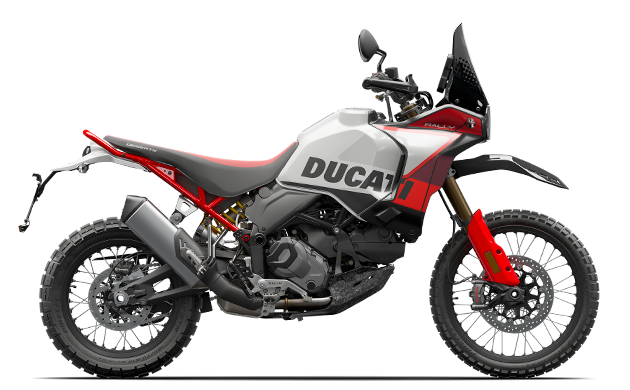
DesertX
New

Diavel
New
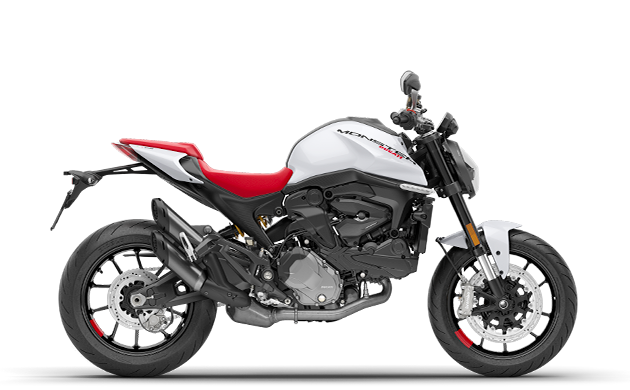
Monster
New
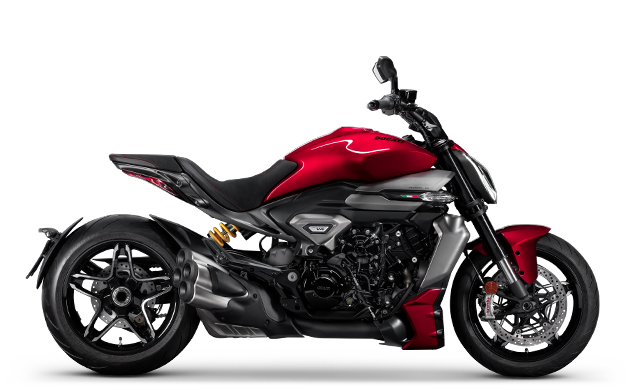
XDiavel
New
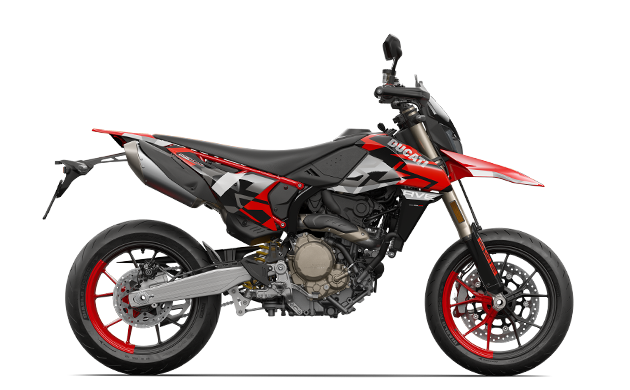
Hypermotard

Multistrada
New
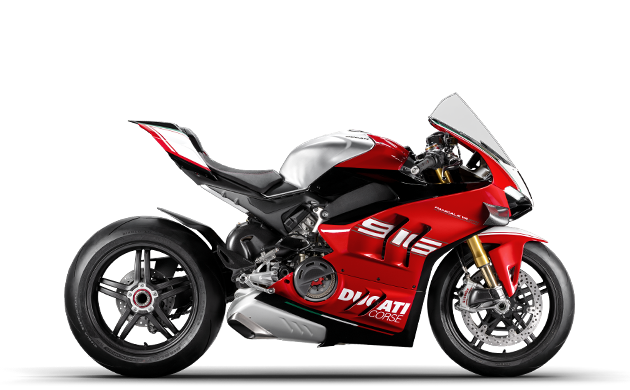
Panigale
New
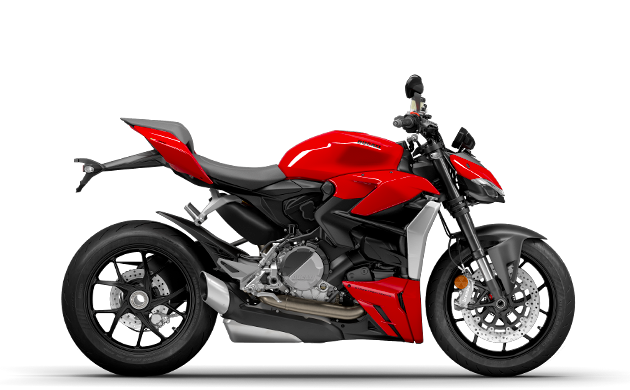
Streetfighter
New
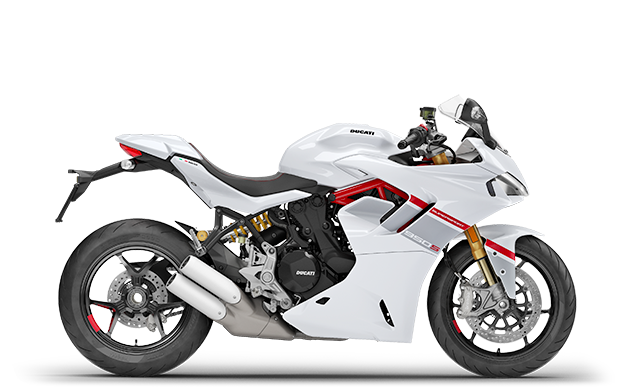
SuperSport
SCRAMBLER

Desmo450 MX
New

E-BIKE

Limited Series
Racing
- MotoGP
- Superbike
- Off Road
- MotoE
Ducati World
- Events
- Ducati Academy
- Ducati Press Reviews
- Ducati Travel Adventures
- Ducati Stories
- News
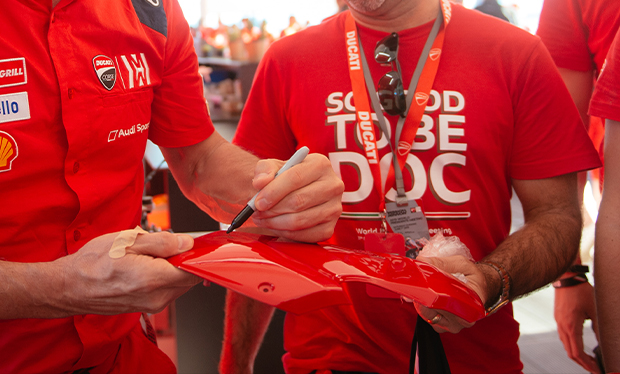
DOC
Imagine enjoying new experiences, exploring breath-taking landscapes, participating in exclusive events. Join the Ducati family! Become a D.O.C. member!
DOC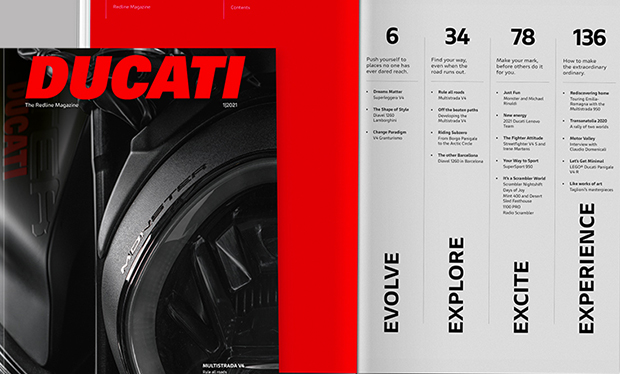
Ducati Redline Magazine
A selection of the most exclusive content from the Ducati Redline Magazine. Download read the stories here!
Ducati Redline Magazine
Equipment
- Accessories
- Apparel
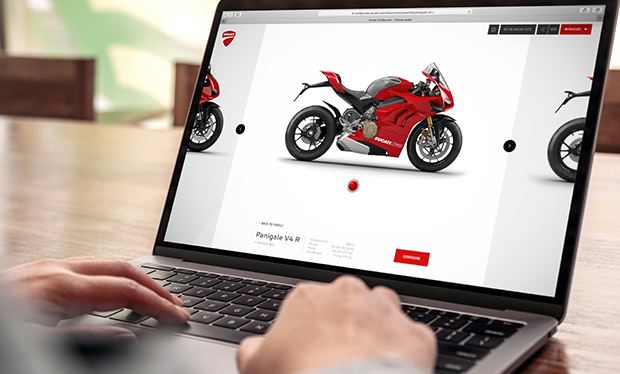
Configurator
Choose the perfect Ducati for you and have fun configuring it according to your riding style.
Configurator
Service and Maintenance
- Services
- Maintenance
- Connectivity
- Dealer Network

Ducati Financial Services
From traditional financing to our exclusive Ducati Premier Financing, Ducati Financial Services offers a wide range of options and flexible terms.
Ducati Financial Services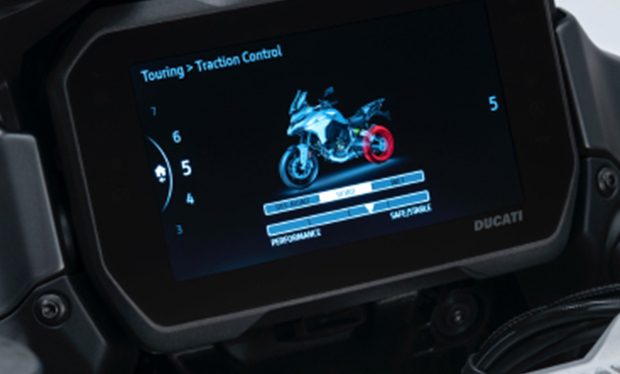
Multistrada V4 Video Tutorials
Learn how to operate the features of the Multistrada V4 through these video tutorials
Multistrada V4 Video Tutorials
Ducati Club
Corporate
- Who We Are
- Product Innovation
- Corporate
- Partners
- Fondazione Ducati
- Borgo Panigale
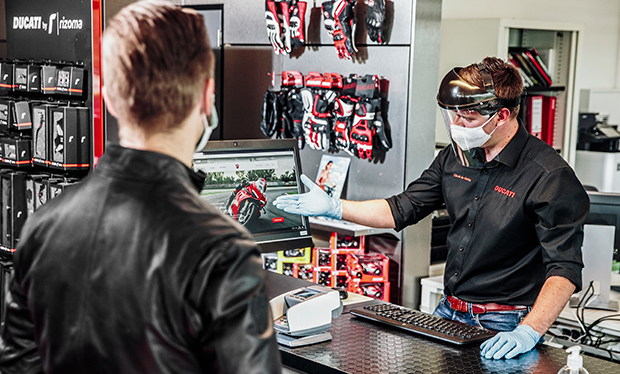
Customer Services
To make it easier for you to find your way around, we have created a list of the most frequently asked questions, divided into subject areas, along with their answers.
Customer ServicesGiuseppe Montano
There are some people in the history of Ducati whose stories will never be forgotten, no matter how many years have passed. These individuals had a significant impact on the company, not only in terms of management style, but also as individuals. One such person is Giuseppe Montano, the Managing Director of Ducati in the 1950s.
Giuseppe Montano was appointed Managing Director of the Bolognese company in 1952, arriving as the company was undergoing major expansions. Ducati was opening new commercial initiatives in various directions, and the whole place was alive with excitement and activity.
Colleagues warmly remember Montano for his authoritative management style, for the strategic changes he implemented, and, above all, for hiring the man who revolutionized Ducati Meccanica: Fabio Taglioni.
Montano believed in the mechanical innovations that Taglioni proposed, and gave him the time, space, and resources to transform his ideas into real motorcycles that later became major commercial successes.
Montano’s arrival at Ducati coincided with the strains being felt by the European economy in the years after World War II. A year before Taglioni’s arrival in 1954, Ducati divided the company into two separate divisions: Ducati Elettrotecnica (electronics and radios) and Ducati Meccanica (diesel engines, boat engines and last but not least, motorcycles). Montano was placed in charge of Ducati Mecchanica, where he was able to express how much he liked motorcycles and loved racing. With Montano’s lead, Ducati was able to create a solid name for itself in the world of competitive motorcycle racing.
Montano had a unique and innovative approach to racing: he saw competitive racing as a trial ground to develop Ducati’s production models.
Other companies typically used an alternative approach: first they made their street bikes, and then used them as racing prototypes. Ducati’s alternative approach was a bit more risky, because the failure of a single racing bike meant the failure of a much larger project. As a result of Montano’s creative approach, Ducati became famous for creating sports-oriented production models with the same high quality as those used on the competitive racetracks. Ducati’s sporty approach has attracted fans who appreciate riding on bikes like those the professionals ride.
 United States
United States
 DesertX
DesertX  Diavel
Diavel Monster
Monster XDiavel
XDiavel Hypermotard
Hypermotard
 Multistrada
Multistrada Panigale
Panigale Streetfighter
Streetfighter SuperSport
SuperSport
 Desmo450 MX
Desmo450 MX E-BIKE
E-BIKE
 Limited Series
Limited Series
